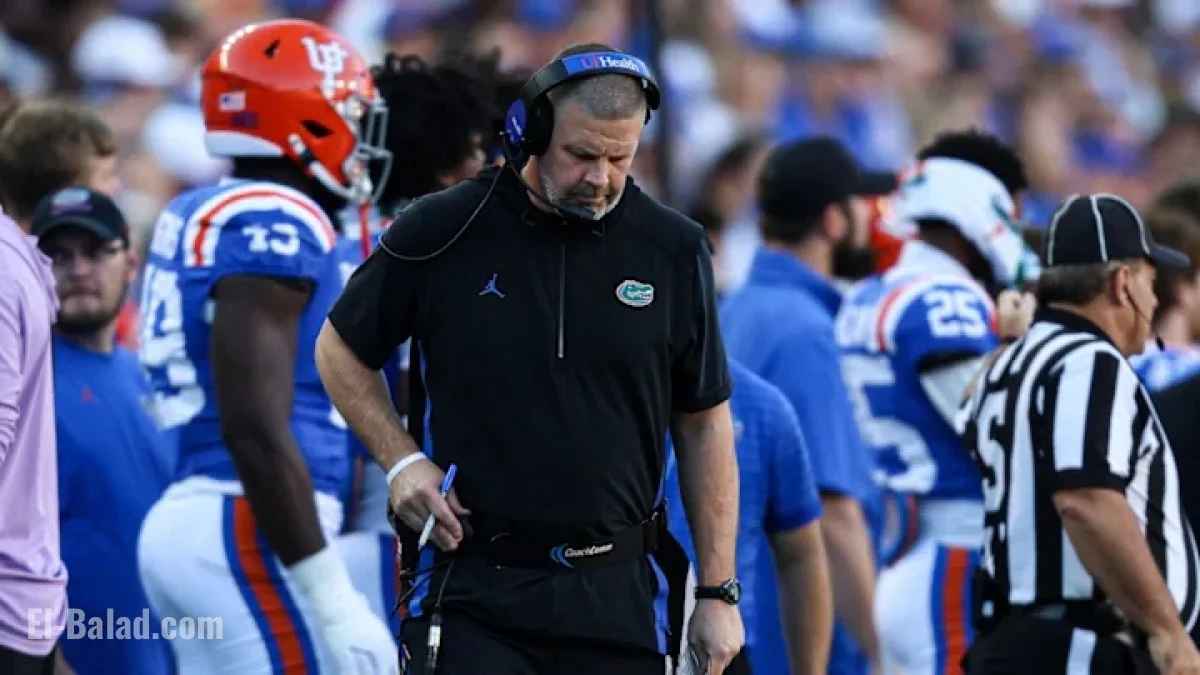What changed tonight for Florida football
Florida leaned on a throwback formula—field position, a heavy dose of the ground game, and situational defense—to nurse a narrow lead home. The offense manufactured just enough explosives, the defense bowed without breaking in the fourth quarter, and special teams cashed in key points from distance. The late-game sequence won’t win style points, but it finally produced the only metric that matters to a restless fan base: a win.
Complicating the relief: the secondary suffered more attrition during the game, forcing freshmen and reserves into extended snaps. Multiple defensive backs exited, reshaping coverage calls and squeezing the pass rush to hurry throws rather than hold the ball forever on the back end. That Florida survived those snaps against a SEC opponent is laudable; that the room is now even thinner raises alarms for the weeks ahead.
The Billy Napier question: seat temperature vs. contract math
The chatter hasn’t been subtle. The combination of early losses, offensive inconsistency, and a bruising schedule had already pushed Napier into week-to-week territory with the public. Saturday’s win helps, but it doesn’t reset the season; it stalls the slide.
Two realities shape the decision timeline:
Calendar leverage: Florida hits a natural decision window around the bye and the following two SEC games. That stretch often dictates whether administrations act midseason or ride through to December.
Buyout economics: Napier’s deal carries a multi–year buyout in the ~$20 million range, with a large portion due within 30 days if a termination were executed midseason. Any move must weigh on-field trajectory, donor appetite, and the broader department budget.
The immediate takeaway: Saturday makes an abrupt move less likely, but the margin for error remains slim.
What the Gators did better vs. Mississippi State
Early-down efficiency: Florida won more first downs than in recent losses, avoiding the 2nd-and-long traps that have stalled drives.
Red-zone finishing: Touchdowns, not just field goals, showed up at the right times—critical in a one-score script.
Explosive restraint on defense: Even with a patched-together secondary, the defense limited free runners and tackled after the catch, turning potential 40-yard gut punches into 8–12 yard gains.
Special-teams value: A long field goal and directional punting flipped hidden yards and bled clock late.
The injury picture that clouds the win
Florida’s back end entered the day already dinged up; it leaves it thinner still. A starting safety’s surprise absence pregame, an early injury to a rotational corner, and in-game knocks to receivers stretched snap counts everywhere. The staff managed the coverage shell with more zone and off-coverage to protect inexperience, but that approach cedes easy underneath yards and demands sure tackling—tiring work over 60 minutes.
Short term, the staff’s task is triage: who can play next, and in what roles, without blowing up special teams or burning redshirts they hoped to preserve?
Napier’s tactical ledger: incremental fixes, not a reinvention
You could see a trimmed call sheet: more duo/inside zone to steady the front, defined reads for the quarterback, and a heavier reliance on quick-game concepts that treat five-yard completions as run-game extensions. Defensively, simulated pressures and late rotations disguised who was capping the seam, a necessary cheat with so many moving parts at corner and safety.
These are incremental moves—pragmatic, not radical. They can anchor a two-week improvement arc if Florida stacks them with healthier bodies and a cleaner turnover margin.
The next two weeks: what decides Napier’s fate
Health report: If two or more defensive backs return to practice quickly, the scheme can expand again. If not, opponents will spam quick outs and slot fades until Florida proves it can contest without grabbing.
Offensive identity: Saturday hinted at a personality—run to set the floor, take selective shots, finish drives. The staff must resist the temptation to chase explosive plays that aren’t there.
Noise vs. results: Pockets of chants surfaced during lulls before the fourth quarter got tense. Winning quiets some of it; only stacked wins make it fade.
Big picture for University of Florida football
This was a survival Saturday, not a statement Saturday. It gives Billy Napier and Florida a chance to reset in film, heal in the training room, and recalibrate before a defining November. The buyout math is real, the schedule is unforgiving, and the injuries are piling up—but for one night, the scoreboard finally offered cover. If the Gators can turn survival into momentum, the conversation around the head coach and the program can change just as quickly as it darkened.

